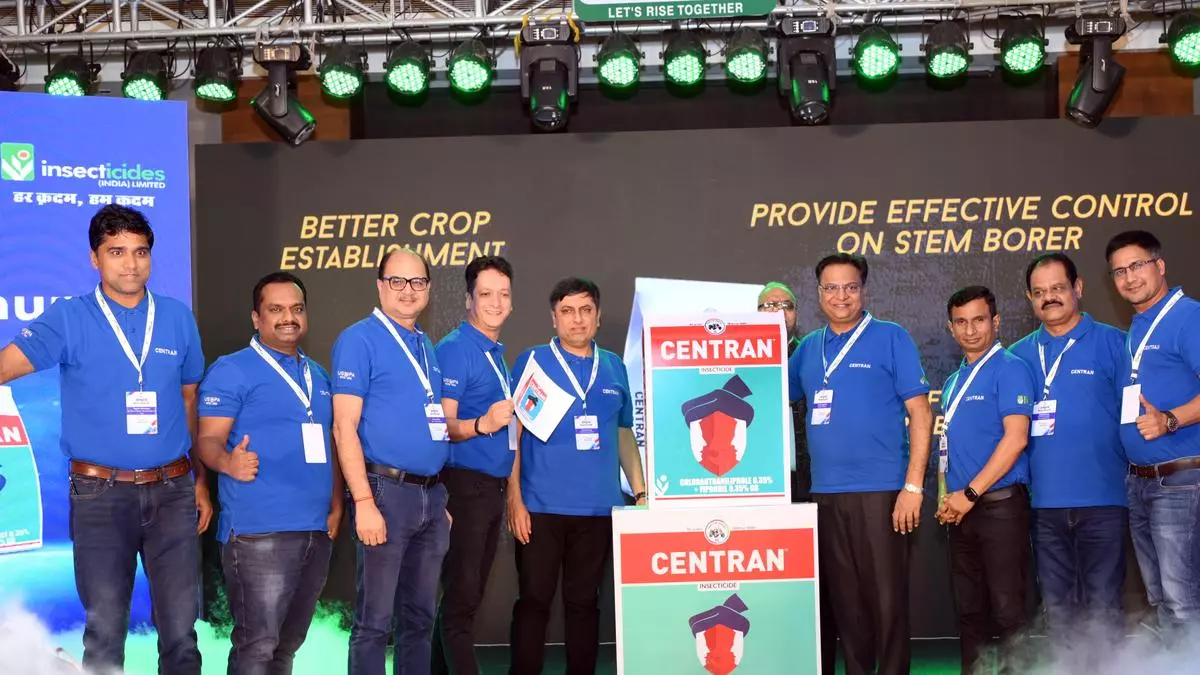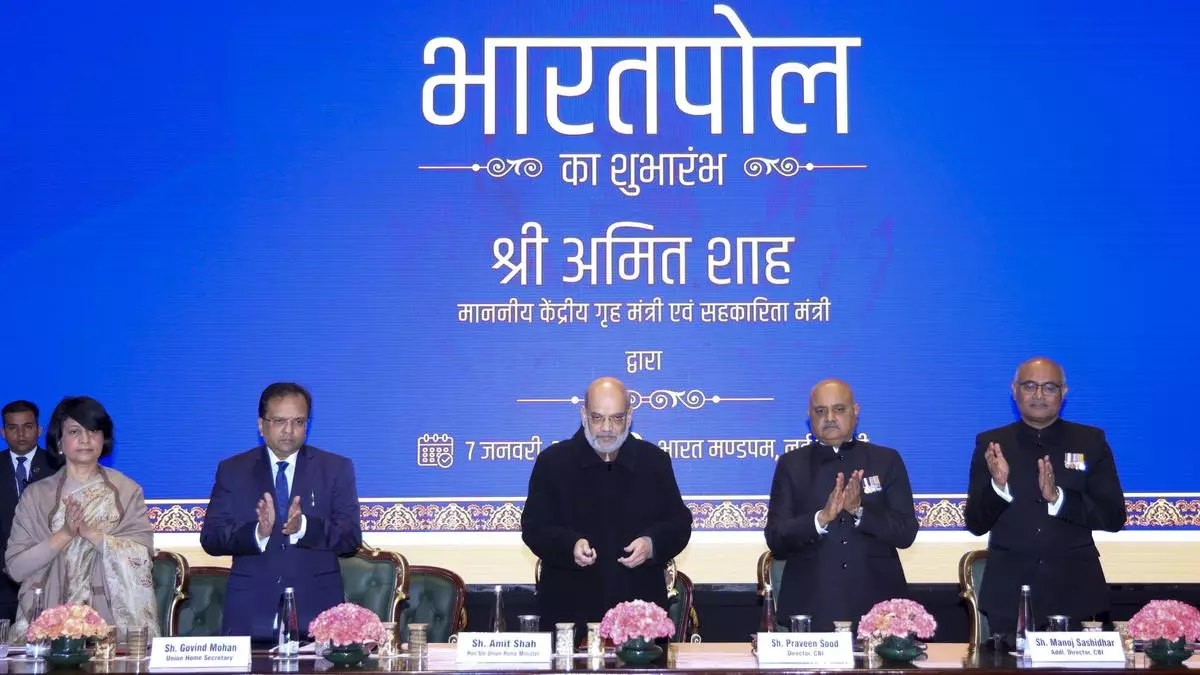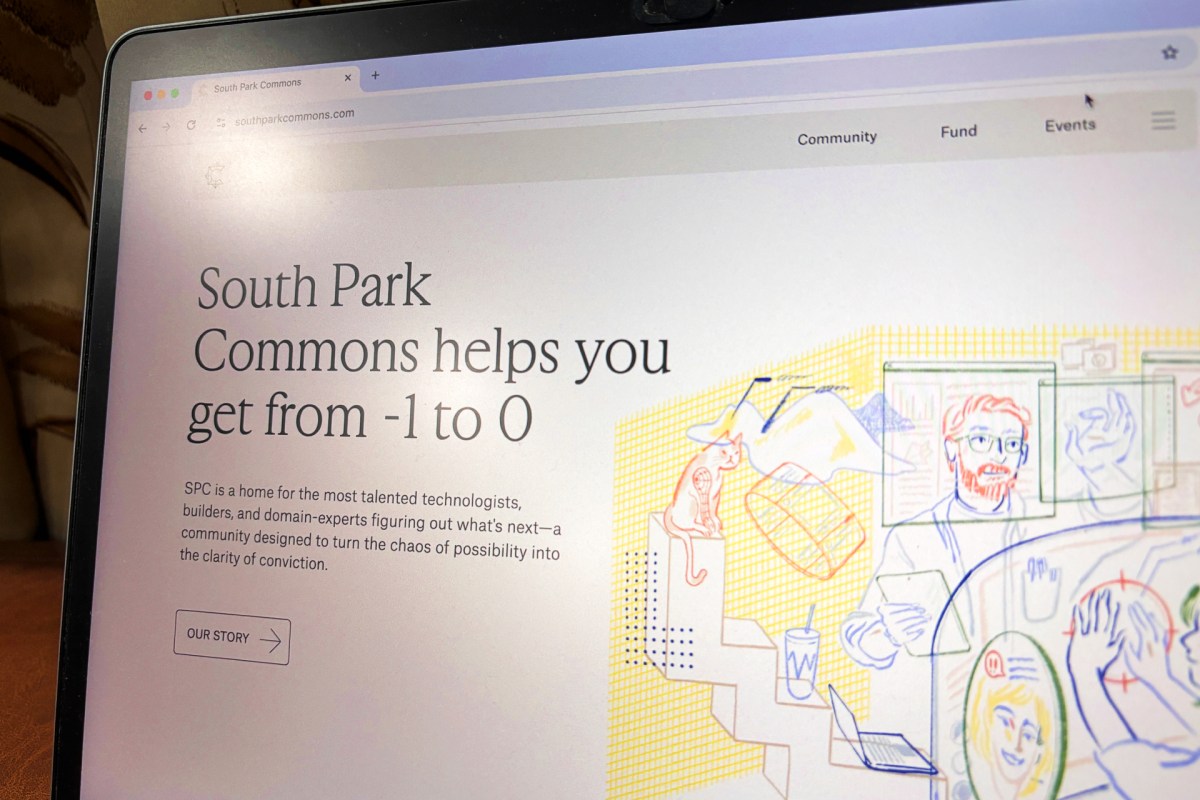The human metapneumovirus (HMPV) is not new and has been in India for a long time,” said virologist Dr Gagandeep Kang, addressing general anxiety about whether the world is on the verge of another Covid-like situation.
Citing a published study (2009) by the head of virology at the All India Institute of Medical Sciences, Dr Kang told businessline that the data in the study is from 2005, meaning the virus has been in India for at least 20 years. “If you were going to worry about something, I would worry about a truly novel pathogen, not one that we have known about for 20 years,” she added.
Dr Kang wears multiple hats, including that of adjunct professor at Christian Medical College, Vellore, and her perspective comes even as Bengaluru reports possible cases of HMPV infection. Recent reports of the HMPV virus from China have people on edge, with the memory of Covid-19 – which brought everything to a standstill five years ago – still fresh in their minds.”
- Also read: HMPV: Health Ministry confirms two cases in India, both affected are infants
“This (HMPV) is a virus to which we have a fair level of exposure… Kids get sick with it because they haven’t had prior exposure to these viruses. As they get more exposure, you won’t see illness anymore,” Kang said. And while illness tends to be less common in adults, “when people become older and the immune system begins to decline, you see respiratory infections going up again,” she explained.
“That’s a pattern that holds for practically every respiratory virus. So this is not new; the important thing is that it’s been in India for a long time,” she added.
In fact, the government has a stable system of surveillance for respiratory illness, she said, and it is not showing an increase in hospitalisations, she pointed out. “The government has a surveillance system for respiratory viruses… This was reported by the Ministry of Health, but I think people are missing that we finally have a stable surveillance system,’ she said, adding that the system is not showing ‘more metapneumovirus than has been seen previously.”
- Also read: Markets plunge on health concerns as two HMPV cases detected in India
This should be reassuring, says Dr Kang. “Now we have data that tells us, one, we have nothing to be concerned about right now, and two, we are also prepared to pick up a signal when there is a real signal.” Kang was referring to the Centre’s SARI (Severe Acute Respiratory Infections) and ILI (Influenza-like Illness) surveillance systems.
“It’s a good network, and they are looking for multiple pathogens, finding multiple pathogens. They’re not finding only human metapneumovirus… So there’s more out there,” she says, adding, “If you look, you’ll find.” Dr Kang is also the Director of Enteric, Diagnostics, Genomics, and Epidemiology at the Bill and Melinda Gates Foundation.
More cases, naturally
As is the case with respiratory infections, she said, “you’ll definitely see more cases. It isn’t like there’s only one case in the country. There will already be many, many infections. Most of them you’re not even going to identify because they’ll be asymptomatic. You’re only picking up the symptomatic ones that go to a place where they can be tested and get a positive result. You’re missing all the ones that don’t cause symptoms or don’t get tested. And that’s the nature of all infections.”
It usually is an “upper respiratory infection,” says Dr Kang, adding that, in general, the fevers don’t last very long. A decongestant or nose drops, steam inhalation, and recoup time are usually how it’s handled, she added.








Leave a Comment